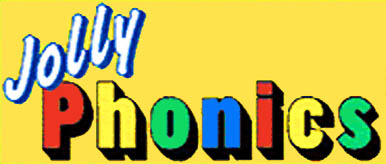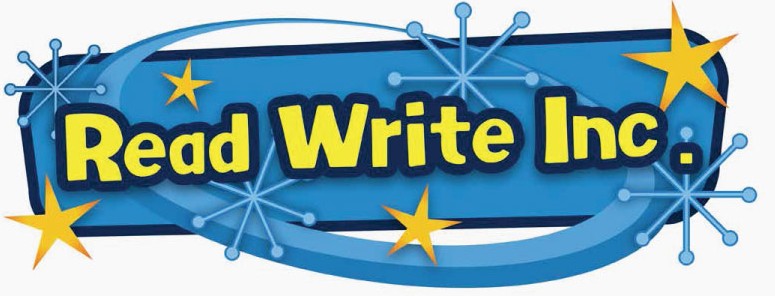Cued Articulation application
Cued Articulation and Phonological
Awareness
Phonological Awareness is the ‘conscious awareness of the sound structure of spoken words, e.g.syllable beats, rhymes, onset-rimes, individual sounds, etc.’1 It includes Phonemic Awareness – the ‘conscious awareness that spoken words are made up of individual speech sounds… it represents the pinnacle of phonological awareness development…’1
We now know that a child’s level of skill in this area is a reliable predictor of reading success and that a training program to develop these skills can lead to an improvement in a child’s reading and spelling. Cued Articulation works as a positive, visual aid to Phonological Awareness programs.
Cued Articulation and Literacy
Schemes
Cued Articulation works well with many literacy schemes currently in use.
| THRASS – a phonetics teaching-tool which is based on the 44 sounds of English. Each of the 44 phoneme boxes shows the multiple spellings for each sound, and Cued Articulation provides a corresponding cue for each of the 44 phonemes. This approach reinforces the fact that each sound has multiple spellings. http://www.thrass.co.uk/ |
|
| Letters and Sounds - a synthetic phonics resource
which sets out a detailed and systematic programme for teaching phonic skills for children
starting by the age of five, with the aim of them becoming fluent readers by age seven.
Grapheme-phoneme correspondences are taught sequentially. Using Cued Articulation provides
students with a physical cue for each of the phonemes.
www.letters-and-sounds.com |
|
| Jolly Phonics – teaches literacy through synthetic phonics where the sounds are taught in a specific order. Cued Articulation can be added to provide extra focus on the articulatory features of the sounds being taught. www.jollylearning.co.uk |
 |
Read Write Inc. - provides a structured and systematic approach to teaching literacy where Cued Articulation cues can be incorporated into the early sound awareness and sound-letter matching activities. www.ruthmiskin.com/en/ |
 |
Cued Articulation Application
Cued Articulation has been used with great success to support literacy teaching with average students. However, its benefit is particularly felt by professionals working with students with specific difficulties.
It is of particular benefit with:
- Specific speech and language difficulty
- Hearing impairment
- English as a second language (ESL)